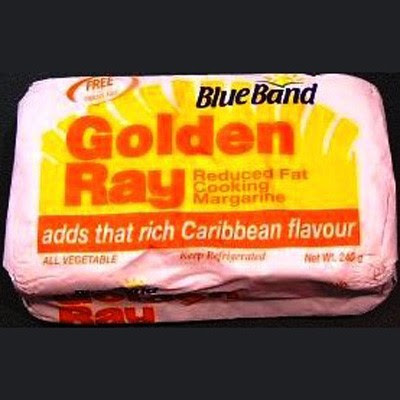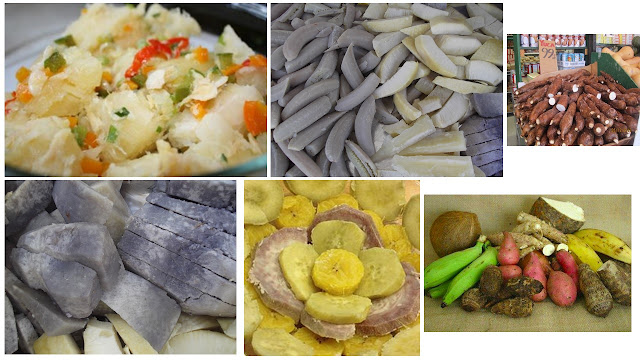Poui trees abound in the savannah. I remember growing up, my teacher used to say when you see poui trees blooming, you know exams coming! I had a love-hate relationship with poui ever since then...gorgeous delicate blooms, bearing ominous tidings!
Known locally as "the Savannah," the Queen's Park Savannah is Port of Spain's largest open park and the largest round-about in the world. It occupies about 260 acres of level land. Once sugar-cane land, it was bought by the town council in 1817 from the Peschier family (except for a small parcel near its centre that served as the Peschier cemetery, which remains privately owned).
At first
the savannah was used as a vast cattle pasture in what was then the town's
suburbs, but by the middle of the 19th century it had become established as a
park.
In the early 20th Century it was used as an airstrip when there were no airports. Until the early 1990s, horse racing was held frequently at the Savannah race track, and there are several cricket, football and rugby pitches.
The Savannah was never formally landscaped, except for the small area in its northwest corner called the Hollows, a former reservoir now drained and is probably the most lush area of the savannah.
But on a Friday and Saturday the Savannah comes alive with food! From boil corn and oysters to coconut water and bake and shark. No need trek down the highway or to Maracas Bay! The food is coming to you.
I remember "breaking biche" and walking from Belmont to South Quay in my high school days. Breaking biche is a saying originating in Trinidad meaning to miss attendance at school, deliberately and without legitimate excuse. But I had a legitimate excuse. School was boring! The walk around the savannah was seemingly endless but picturesque - out of a story book. I had the company of my two best friends as they broke biche too!









































